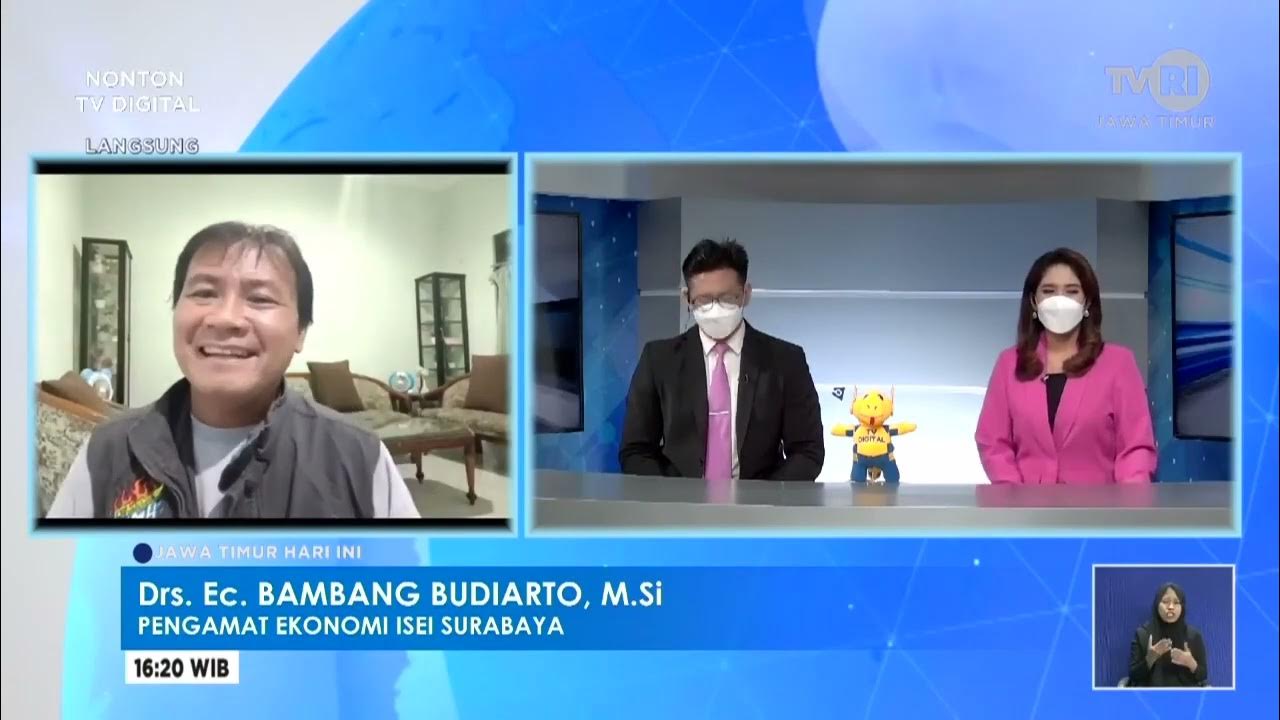Ilang gasolinahan, naubusan ng ibinebentang lagis bago ang unang bagsak ng taas-presyo | 24 Oras
Summary
TLDRThe video covers the aftermath of rising oil prices and the government's fuel subsidy for public utility vehicles (PUVs), including jeepneys, taxis, and ride-hailing services. While the subsidy provides relief for some, issues like fuel station shortages and difficulties accessing subsidy cards persist. Transport groups, especially PISTON, are concerned that the aid will be short-term and inadequate as diesel prices continue to rise. The Department of Energy is looking for solutions, but protests continue over the impact of high taxes on petroleum. Additionally, the rising fuel costs could lead to increased prices for goods, which worries both vendors and consumers.
Takeaways
- 😀 Some gas stations ran out of fuel due to the anticipation of a major price hike in fuel costs.
- 😀 The government is preparing to release fuel subsidies for public vehicles, including non-consolidated jeepneys.
- 😀 Many motorists, especially those using motorcycles, expressed frustration over the impending price increase.
- 😀 Several gas stations in Quezon City, including FPJ Avenue, ran out of fuel, leaving only premium gas available.
- 😀 Good news for Public Utility Vehicles (PUVs): the government will extend fuel subsidies to various types of transport, including non-consolidated jeepneys, taxis, UV Express, TNVs, and tricycles.
- 😀 Transport groups are grateful for the fuel subsidies but are concerned about issues like previous problems with card-based subsidies not having enough funds.
- 😀 Despite the subsidies, some transport groups, like the Piston group, are calling for more long-term solutions and expressing concerns about rising fuel prices.
- 😀 The Piston group warned that if diesel prices rise to Php 60 per liter, there might be a nationwide stop in public transport services.
- 😀 The Department of Energy (DOE) clarified that they do not have the power to suspend high taxes on petroleum products; this is a matter for Congress.
- 😀 There is growing concern among vendors and shoppers about rising prices of goods, especially with fuel costs potentially increasing delivery prices.
- 😀 The Department of Agriculture has allocated funds to assist farmers and fishermen who may be impacted by the rising cost of fuel.
Q & A
Why did some gas stations run out of fuel before the Big Time Oil Price Hike?
-Some gas stations ran out of fuel because many motorists rushed to fill up their tanks ahead of the anticipated price hike, causing a high demand for fuel.
What is the purpose of the fuel subsidy mentioned in the script?
-The fuel subsidy aims to help public utility vehicles (PUVs), including jeepneys, by providing financial assistance to manage the rising fuel prices.
Which types of vehicles are eligible for the fuel subsidy?
-The fuel subsidy is available to public utility vehicles (PUVs), including unconsolidated jeepneys, buses, taxis, UV Express, TNVs, delivery services, and tricycles.
How is the fuel subsidy intended to benefit public transport operators?
-The fuel subsidy is intended to help public transport operators, especially during difficult times when passenger numbers are low and fuel prices are rising, by reducing their operational costs.
What issues have transport groups raised regarding the fuel subsidy system?
-Transport groups, including PISTON, have raised concerns about the short duration of the subsidy, the problems with funding on some cards, and the need for a more long-term solution to address rising fuel prices.
What are the concerns regarding the fuel subsidy system's effectiveness?
-The main concerns include the risk that the fuel subsidy may only last for a short period, and the possibility that operators may not receive subsidies due to technical issues with payment cards.
What did the PISTON group demand regarding the rise in diesel prices?
-The PISTON group has called for a more sustainable, long-term solution to rising fuel prices, warning that if diesel reaches Php60 per liter, they may stop selling fuel and halt operations, not just in the National Capital Region, but nationwide.
What role does the Department of Energy (DOE) play in addressing fuel price hikes?
-The DOE is tasked with addressing the impact of rising fuel prices, but they do not have the authority to suspend high taxes on petroleum products, which is something that would require legislative action from Congress.
What are the potential economic consequences of suspending high taxes on petroleum products?
-Suspending high taxes on petroleum products could result in a significant loss of government revenue, potentially amounting to Php400 billion, which would need to be compensated by other sources of funding.
How might rising fuel prices affect the cost of goods in the market?
-Rising fuel prices could lead to higher transportation costs, which, in turn, could increase the prices of goods, including basic commodities like fish, as vendors and delivery services may pass on these additional costs to consumers.
Outlines

This section is available to paid users only. Please upgrade to access this part.
Upgrade NowMindmap

This section is available to paid users only. Please upgrade to access this part.
Upgrade NowKeywords

This section is available to paid users only. Please upgrade to access this part.
Upgrade NowHighlights

This section is available to paid users only. Please upgrade to access this part.
Upgrade NowTranscripts

This section is available to paid users only. Please upgrade to access this part.
Upgrade NowBrowse More Related Video

Exposed: How Bola Tinubu Removed Non-Existent Fuel Subsidy, Subjected Citizens to Economic Hardship

Apa yang Terjadi Jika Minyak Bumi Habis? Seperti ini Dampak Mengerikan yang Akan Terjadi...

[EXPLAINER] Jeepney modernization: Yay or nay?

Fears of falling income, vehicle ownership mount amid phase-out of jeepneys in Philippines

bebenomic - DAMPAK KENAIKAN BBM, tvri jatim 110922

TRANSISI ENERGI: Pentingnya Energi Alternatif Sebagai Pengganti Energi Fosil
5.0 / 5 (0 votes)